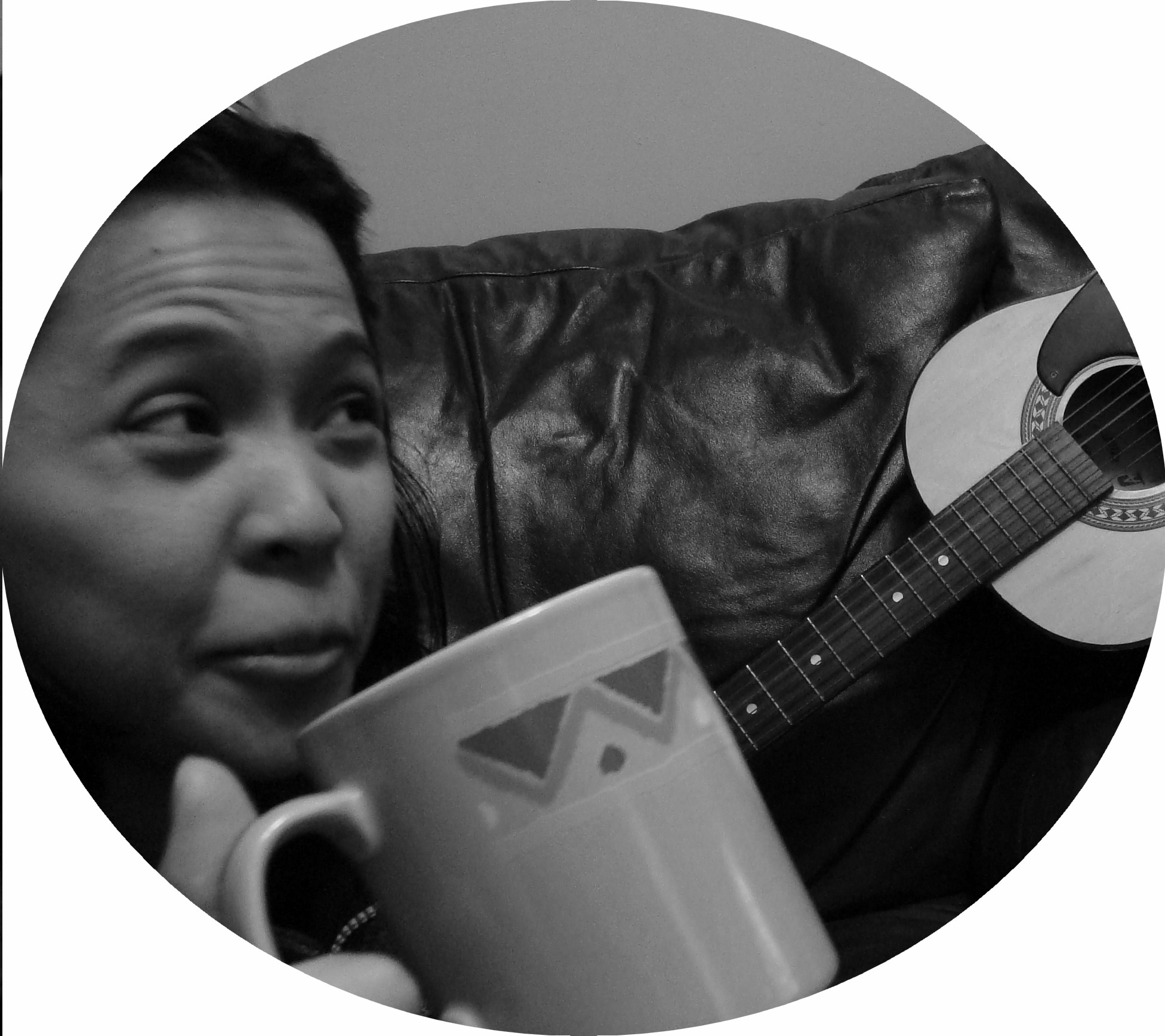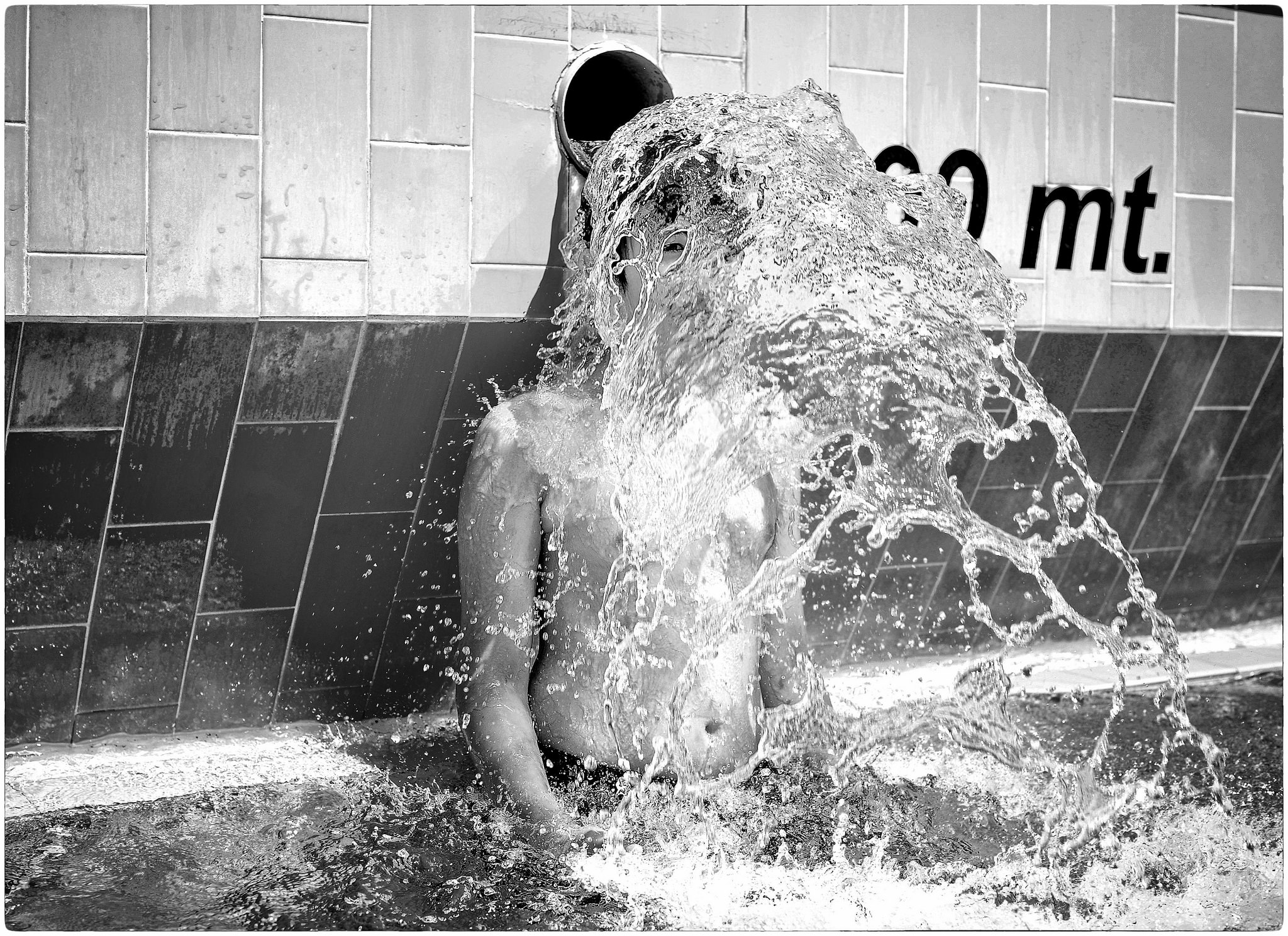It’s okay. You’re not fulfilled selling luxury pens anymore. But you can’t just go switch just as yet…
I spent a bit of time trading messages with Lee to best understand his journey (and learn a bit about him too!) and from our email correspondence, I learned that these are things that helped him stay sane during the process:
1.) Deciding on an income goal
Just like is so much easier to spot things when you’re looking for them (like: spot all the green cars next time you are sitting outside a café overlooking a busy intersection).
It doesn’t matter if you track yourself with spreadsheets, bullet points or drawing it in cartoon versions…as long as you have something to track yourself.
For Lee it was a survival budget:
“I began working 30 hours in retail and then started taking on art commissions and drawing them when I got home. As the income from art grew and became steady, I started thinking: ‘Huh, I’m earning (for example 500 a month) I could easily drop to a 20 hour contract and still have more income per month than I need’. This was an important point to consider, its called a ‘survival budget’ where you look at the minimum income you need to pay rent, bills food etc. Calculating this up I found it was a great time to try dropping the hours in retail and focusing on the art, mainly so I wasn’t staying up until all hours of the night working on commissions (sometimes till 4 or 5am!)”
In episode 43 of ‘Brand You’ – Mike Kim talks about one of the steps when he made his switch (earning a replacement income three months in a row) which is something you can consider aside from the ‘survival budget’.
2.) Do it in increments
Maybe you can do a 90%/10% split of your time…then ramping up (and or backing off) as necessary.
“After a few months of the 20 hour retail, I then considered moving to 16, but in the end looked at the amount of income from the art side, and decided it would be best to attempt replacing the retail work 100%. The income from art was at the stage where I was meeting or succeeding my survival budget consistently for 6 months straight, so I felt confident replacing the income stream, and with the extra days able to work on my art I was able to project more income from that extra work.”
This would be VERY challenging if you didn’t set a specific income goal for yourself. (Return to #1 as necessary!)
3.) Find the strongest income generators
Look at other people doing anything remotely similar to what you do. If you are violinist and currently private lessons and performances are what’s generating income at the moment….
How about trying other things like creating an online course or putting yourself up as a speaker for TEDx events in your area?
Once you’ve exhausted these options, find which ones that you wouldn’t mind sticking to for years to come (if you’re just going to do that…for the next 10 to 20 years…would you be okay with it?)
4.) Make sure you are not competing on price
If you’re the sort of person who likes the thrill of ‘winning’ over someone else and doesn’t mind the extra hours it takes (likely with no compensation) to deliver…skip over this item.
However, if you are the sort who is more mindful of the energy you expend…focus on building relationships. It may get to a point that you’ll say to a client: ‘listen, I enjoy working with you…unfortunately I cannot beat that price. It sounds like a good price, and if you are happy with the service you’ll get…absolutely…I encourage you to take it. If you do want me to take another look at a project in the future, please don’t hesitate to shoot me an email.’
“I don’t try to compete on pricing, I just charge a fair amount for the hours I put into the painting. As I mentioned to a previous client, its not really about the money for me, I just really really grateful for being able to do this for my job!
People seem to love my portfolio and examples and I seem to still get clients every month, despite being on the higher end of the pricing ladder. I feel this is down to the extra time and care I take when discussing the commission and molding the sketches to the clients wishes, I believe in doing this kind of high customer service to really make the clients enjoy the experience, and it shows once they receive the commission, everyone is overblown and really happy with the end result, its my favourite part of the job when someone mentioned that I exceeded their expectations.”
That is not to say that you only have to have one category of income flow (Malcolm Gladwell speaks and has released a number of books, yet he still does written pieces for the New Yorker). Has your start-up found its legs based on the strong relationships you have forged? Then you can think of pricing based on the service you’d like to provide because you’d like to bring the highest value to the people you are aiming to serve.
5.) Never hesitate in saying ‘no’ when you feel it’s not a fit.
This is as simple as trusting your gut:
“Yes I’ve backed away from a few clients who were coming across as rude or difficult before we even agreed on a contract. My advice to anyone is only take on clients that you feel you are getting along with. You’ll know instinctively if something is ‘off’.”
If you’re looking to add another (like being a founder and looking to do angel investing) income stream — you could apply the same guidelines. Instead of letting go of the other income stream, you make sure that you are able to spend less time on it (be it automation or handing your duties to someone else) but still have the same (or more!) income flowing from that pipeline.
Lee McGuire is a painter based in Glassgow. You can find more about his work here. For more insight about the person, you can have a read here as he answers some of the famed 36 questions.
———————————————————
Did you also experience a similar process? Reach out to me anytime on Twitter.
For more content click here for my pieces on Buzzfeed and here for previous entries from the Music Discovery Project.
Want ‘in’ on my introduction list? Just shoot me an email.


